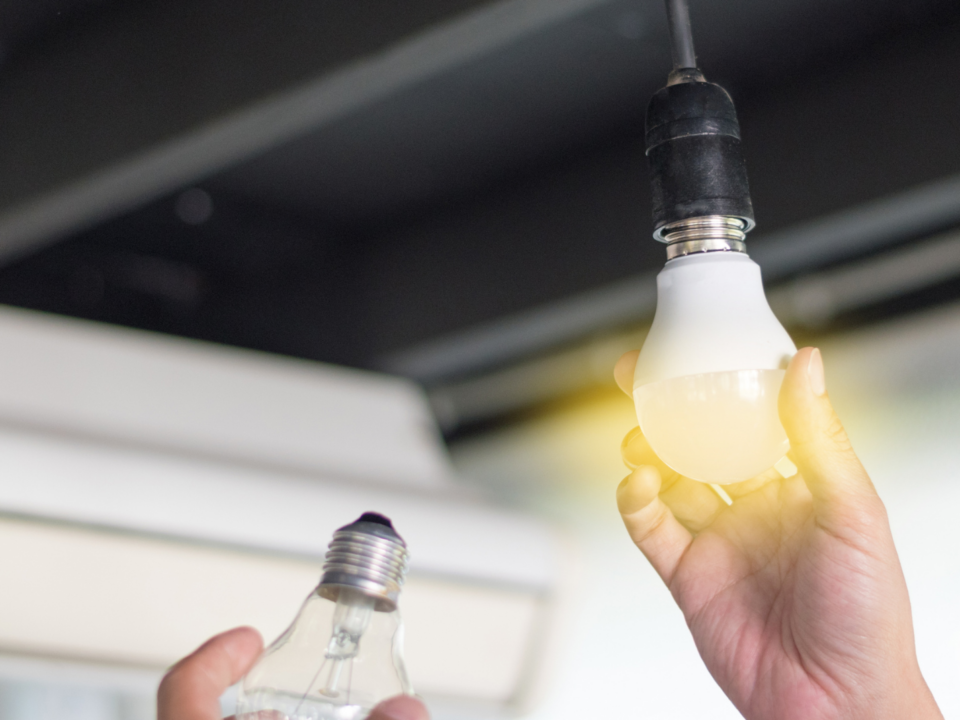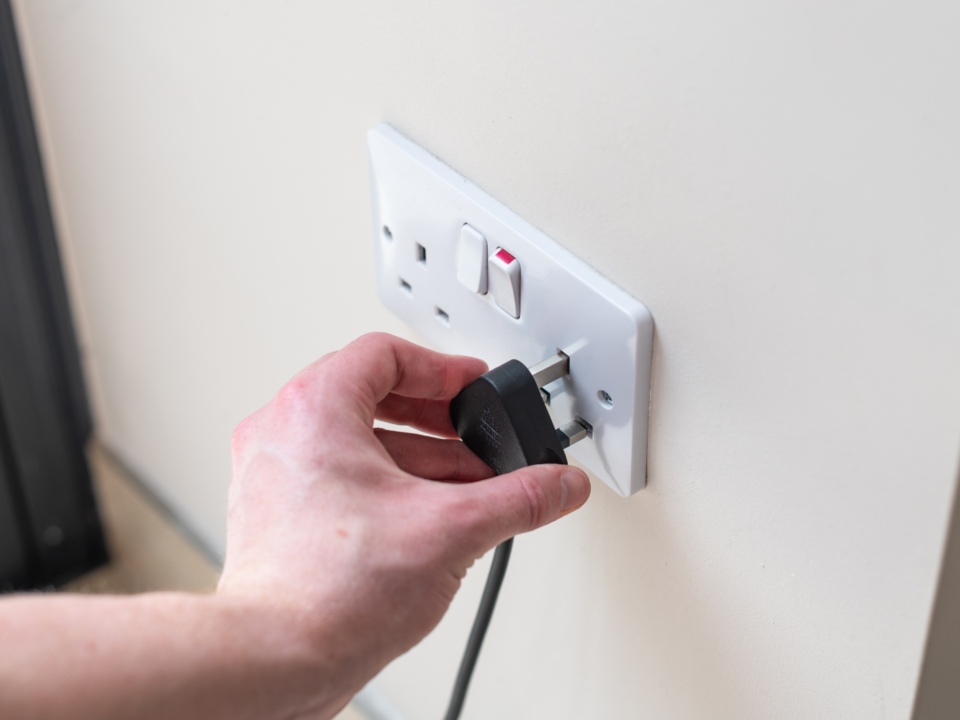
5 Reasons Why EV Chargers Can Enhance Your Business
June 21, 2024
5 Key Signs Your Office Space Needs Electrical Work
August 21, 2024What Electrical Maintenance Is Required for Commercial Properties?
Keeping your commercial property running smoothly and safely hinges on one crucial aspect: electrical maintenance. Whether you own an office building, a retail store, or an industrial/warehouse property, knowing what’s involved to keep your electrics safe can save you from future headaches.
Below, we look into the essential steps of correct electrical maintenance and why it matters, and also some handy tips to keep you in shape inbetween maintenance visits.
What is Included in Electrical Maintenance?
Like most trade installations, electrical installations wear out over time and with extended use, making regular maintenance and servicing can avoid costly and safety issues later down the line. For more details on this, check out our previous blog where we cover the importance of regular electrical maintenance and the benefits.
For commercial properties, electrical maintenance needs to include a variety of tasks and inspections, all aimed at keeping your systems safe, efficient, and up to date.
Here’s everything you need to know:
- Electrical Installation Condition Report (EICR)
- What it is: An EICR involves a thorough examination of the electrical systems within a property.
- Why it matters: It ensures your electrical installations are safe and comply with current standards, identifying any deficiencies or potential issues that need attention.
- How often: Typically conducted every five years or at a change of occupancy.
- Portable Appliance Testing (PAT)
- What it is: PAT testing involves checking the safety and functionality of portable electrical appliances.
- Why it matters: This helps prevent electrical accidents and ensures appliances are in good working condition, reducing the risk of electrical fires.
- How often: Recommended annually, but it can vary based on the type of equipment and usage.
- Inspection and Testing
- What it is: Regular inspections and testing of electrical components like wiring, circuit breakers, outlets, and switches.
- Why it matters: Identifies wear and tear or potential faults, ensuring any issues are addressed before they become serious hazards.
- How often: Typically conducted annually, but may vary based on the complexity and age of the electrical system.
- Thermal Imaging
- What it is: Using thermal imaging cameras to detect hot spots in electrical systems.
- Why it matters: Hot spots can indicate overloaded circuits or failing components, which can lead to fires if not addressed.
- How often: Recommended as part of regular inspections or when issues are suspected.
- Load Testing
- What it is: Ensuring the electrical load on circuits is within safe limits.
- Why it matters: Prevents overloading and potential failures, ensuring the system can handle operational demands.
- How often: Conducted periodically, especially when adding new equipment or during peak usage times.
- Cleaning
- What it is: Cleaning of electrical panels, transformers, and other equipment to remove dust and debris.
- Why it matters: Prevents overheating and other issues that can arise from dust accumulation.
- How often: Part of regular maintenance routines, typically conducted annually.
- Updating and Upgrading
- What it is: Replacing outdated or damaged components and upgrading systems.
- Why it matters: Ensures the system can handle increased electrical loads and complies with new regulations.
- How often: As needed, based on inspection findings and technological advancements.
- Documentation
- What it is: Keeping detailed records of maintenance activities, findings, and any repairs or replacements carried out.
- Why it matters: Provides a maintenance history for troubleshooting and ensures compliance with regulatory requirements.
- How often: Continuous, with updates after each maintenance activity.
Our Top Tips to Keep Your Commercial Property Safe
Besides regular maintenance, implementing these safety tips can enhance the safety and efficiency of your system:
- Regular Inspections: Schedule inspections with a qualified electrician to catch any potential issues early.
- Emergency Exits and Lighting: Ensure your emergency exits are well-lit (which is a legal requirement) and all emergency lighting systems are regularly tested and maintained.
- Clear Pathways: Keep all of your electrical panels and equipment clear of obstructions to allow quick access in case of an emergency.
- Proper Labeling: Clearly label all your circuit breakers and electrical panels to make it easy to identify and isolate circuits – this should be completed at an installation stage.
- Training: Provide regular training for your employees on electrical safety practices.
- Avoid Overloading: Use surge protectors and avoid overloading your outlets and circuits.
- Qualified Personnel: Ensure all your electrical work is performed by licensed electricians.
- Regular Updates: Keep your electrical systems updated to current codes and standards.
Regular EICRs, PAT testing, inspections, cleaning, and system updates are crucial for preventing hazards and ensuring smooth operations and keeping your business in working shape. By sticking to these maintenance practices and following some safety tips, you’ll find a reducing in costly repairs and fire risks and don’t forget to always rely on licensed professionals for the tricky stuff.
If you need a structured maintenance plan for your business drop us a message today and we’ll keep your electrical systems safe, efficient, and compliant.




